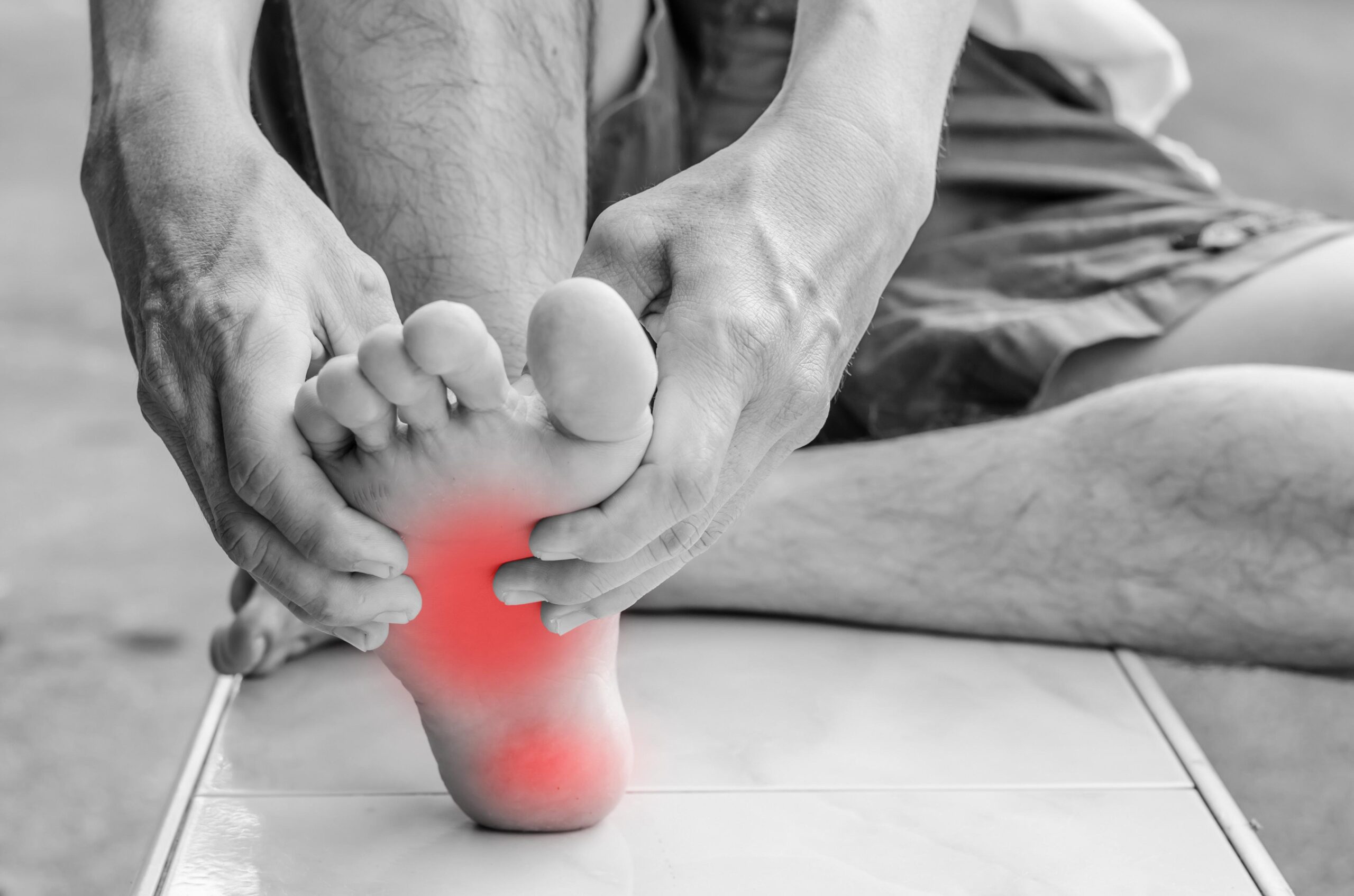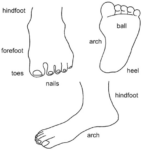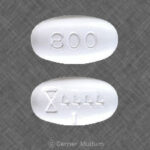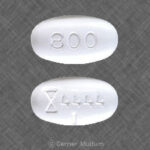Each of your feet has 26 bones, 33 joints, and more than 100 tendons, muscles, and ligaments. No wonder a lot of things can go wrong. Here are a few common problems:
- Bunions – hard, painful bumps on the big toe joint
- Corns and calluses – thickened skin from friction or pressure
- Plantar warts – warts on the soles of your feet
- Fallen arches – also called flat feet
Ill-fitting shoes often cause these problems. Aging and being overweight also increase your chances of having foot problems.
In this article, we’ll shed light on ten prevalent foot conditions, along with their underlying causes, symptoms, and potential treatments.

Here are some of the most frequently encountered foot conditions:
1. Athlete’s Foot
Athlete’s foot is a highly contagious fungal infection that thrives in warm, moist environments. This condition can be contracted by exposing your feet to the fungus or contaminated surfaces.
Causes of athlete’s foot include:
- Gyms
- Communal showers
- Swimming pools
- Walking barefoot in public areas
- Wearing damp or tight-fitting shoes
- Using footwear or socks previously worn by someone with the fungus
Symptoms of athlete’s foot include:
- Itching
- Stinging
- Burning
- Cracked skin
- Peeling skin
- Foot blisters
Treatment for athlete’s foot
Managing athlete’s foot can be challenging due to its contagious nature. Over-the-counter antifungal sprays, powders, or lotions from your local drugstore can help alleviate symptoms. If the condition persists or worsens, consult a podiatrist for a prescription antifungal medication.
2. Blisters
Blisters are common fluid-filled sacs that develop on the skin. Typically, they are not serious and can be managed at home.
Causes of blisters include:
- Friction from walking or running
- Sweaty feet
- Ill-fitting shoes
- Frostbite
- Allergic reactions
- Herpes
- Dyshidrotic eczema
Symptoms of blisters include:
- Fluid-filled sacs on the skin
- Pain at the affected area
Treatment for blisters
It is advisable not to pop blisters; instead, let them heal naturally. If discomfort persists, consider using a bandage for relief. If drainage is necessary, do it with sterile equipment, and avoid removing the skin. Apply antibiotic ointment and a bandage for protection. Consult a podiatrist if you experience persistent or flu-like symptoms in conjunction with blisters.
3. Bunions
Bunions occur when a prominent bump forms at the base of the big toe, causing the toe to angle inward.
Causes of bunions include:
- Wearing tight or narrow shoes
- Family history
- Rheumatoid arthritis
- Polio
Symptoms of bunions include:
- A visible bump on the side of the big toe
- Tenderness around the big toe
- Difficulty moving the big toe
- Pain when walking or running
Treatment for bunions
Start by wearing properly fitting shoes and using a bunion pad. If symptoms persist, consult a podiatrist to discuss potential surgical options.
4. Heel spur
A heel spur is the result of calcium outgrowth that forms between the heel bone and the arch of the foot. While some individuals may not experience any symptoms, for others, it can lead to pain and inflammation.
Diagnosing this condition isn’t straightforward and typically necessitates medical imaging for confirmation.
Causes of Heel spurs
Heel spurs develop due to prolonged stress on muscles and ligaments, but they can also be linked to factors such as arthritis, excess body weight, or the use of ill-fitting or worn-out footwear.
Treatment options for Heel spurs
Treatment options may encompass the application of a cold compress, injections of anti-inflammatory medications, over-the-counter pain relief medications, rest, and the use of orthotic shoe inserts.
5. Plantar Fasciitis
Plantar fasciitis occurs when the plantar fascia, the tissue on the bottom of the foot, becomes inflamed, resulting in heel pain.
Causes of plantar fasciitis include:
- Obesity
- High arches
- Tight calf muscles
- Repetitive heel-stressing activities like running
Symptoms of plantar fasciitis include:
- Heel or bottom-of-foot pain, typically worsening throughout the day
Treatment for plantar fasciitis
Begin with rest and non-steroidal anti-inflammatory drugs (NSAIDs) like ibuprofen. Stretching exercises can also help. If pain persists, consult a podiatrist for potential physical therapy, steroid injections, or custom-made orthotics.
6. Claw Toe
Claw toe, also referred to as claw foot, is a condition where the first toe joint points upward while the second toe joint points downward. It can manifest either at birth or develop suddenly. While some individuals experience no discomfort, others may find it painful.
Claw toe can serve as an indicator of underlying conditions like diabetes, rheumatoid arthritis, or cerebral palsy.
Treatment approaches for Claw toe:
Treatment approaches may involve the use of splints, appropriate footwear, specific exercises, prescribed medications, and in some cases, surgical intervention.
7. Gout
Gout is a foot condition primarily affecting the big toe due to the accumulation of uric acid in the body.
Causes of gout include:
- Blood disorders
- Metabolism disorders
- Kidney disorders
- Thyroid disorders
- Excessive alcohol consumption
- Smoking
- Certain dietary factors like red meat, salt, and shellfish
- Dehydration
- Some medications like diuretics
- Obesity
Symptoms of gout include:
- Pain in the big toe
- Intense joint pain
- Swelling of the big toe
Treatment for gout:
Address gout by making lifestyle changes such as weight loss or smoking cessation. Modify your diet by reducing the intake of red meat, sodium, and shellfish. NSAIDs like ibuprofen, aspirin, or naproxen can help alleviate pain. In severe cases, medications to reduce uric acid may be prescribed. If these treatments are ineffective, consult a podiatrist for alternative approaches.
8. Mallet or Hammer Toe
Mallet or hammer toe is characterized by a toe that curves downward rather than extending outward. Similar to several other foot conditions, mallet toe can be attributed to genetic factors, ill-fitting footwear, or other foot issues such as high arches or bunions. It can also result from arthritis or toe injuries.
Individuals with mallet toe may experience pain while walking or stretching their foot, and the affected toe might have limited mobility.
Treatment options for Mallet or hammer toe
Treatment options typically involve wearing properly fitted shoes and utilizing over-the-counter foot cushions and pads, which can help alleviate symptoms.
9. Ingrown Toenails
Ingrown toenails occur when a nail grows into the surrounding skin, causing pain and discomfort when walking.
Causes of ingrown toenails include:
- Ill-fitting shoes
- Trauma to the nail
- Family history of ingrown toenails
Symptoms of ingrown toenails include:
- Pain
- Redness
- Swelling at the nail groove
Treatment for ingrown toenails:
Prevent and alleviate ingrown nails by maintaining clean, dry feet and wearing well-fitting shoes. If the nail becomes infected or pain persists, consult a podiatrist for potential treatment such as antibiotics or nail removal.
10. Sesamoiditis
Sesamoiditis is a form of foot bone inflammation that can result in pain. The sesamoids are small bones located in your foot, serving as points where tendons attach to aid in the flexing of your big toe.
Sesamoiditis typically develops when the sesamoid bones are injured or become inflamed, often as a result of specific activities such as ballet or playing the catcher position in baseball.
Treatment Options for Sesamoiditis
For initial treatment, measures like rest, the application of heat or ice, over-the-counter pain relievers, or the use of a compression bandage may be recommended.
Depending on the severity and guidance from your healthcare provider, other treatment options may also be considered.
11. Corns and Calluses
Corns are small, thick sections of skin, typically on the toes, while calluses are rough patches, often found on the heel or ball of the foot.
Causes of corns and calluses include:
- Bunions
- Ill-fitting shoes
- Going barefoot
- Hammer toe
- Bony feet
Symptoms of corns and calluses:
While generally painless, they may become painful if untreated.
Treatment for corns and calluses:
Corns can be treated with corn plasters to relieve pressure. Calluses can be managed by soaking your feet in warm water and gently rubbing them away.
12. Flat Foot
Flat foot, or fallen arches, is characterized by the absence of a noticeable arch in the foot when standing. Typically, this condition is of genetic origin and usually does not necessitate treatment unless it causes discomfort during physical activities or prolonged standing. If you find that flat foot is bothering you, it’s advisable to seek a diagnosis from your healthcare provider.
Treatment options for Flat foot
Treatment options for flat foot may involve the use of orthotic devices, pain relievers, or making lifestyle adjustments to alleviate discomfort. If you’re concerned about flat foot, consult your doctor to explore suitable treatment options.
13. Stone bruises (Metatarsalgia)
Stone bruises, also known as metatarsalgia, are painful foot conditions characterized by inflammation in the ball of the foot.
Causes of stone bruises include:
- Ill-fitting shoes
- High heels
- Foot abnormalities
- Gait abnormalities
- Obesity
- Arthritis
- Gout
- Stress fractures
Symptoms of stone bruises include:
- Pain while standing, running, or walking
- Sensation of walking on a pebble
- Numbness in the toes
Treatment for stone bruises:
Rest, elevation, and icing can help alleviate symptoms.
NSAIDs may provide relief. Maintaining a healthy weight and avoiding ill-fitting shoes or high heels is crucial. If pain persists, consult a podiatrist who may recommend physical therapy or realignment surgery.
14. Morton’s Neuroma
Morton’s neuroma affects the ball of the foot, occurring when the tissues surrounding the nerves thicken or compress.
Causes of Morton’s neuroma include:
- Tight shoes
- High heels
- High arches
- Flat feet
- Bunions
- Foot injuries
- Repetitive sports activities
Symptoms of Morton’s neuroma include:
- Ball-of-foot pain
- Sensation of standing on a small object
- Numbness in the toes
Treatment for Morton’s neuroma:
Address this condition through physical therapy, stretching exercises, foot elevation, ice application, and foot massage. Consult a podiatrist if pain persists for potential corticosteroid injections, anti-inflammatory treatments, or surgical intervention to prevent permanent nerve damage.
15. Diabetic Neuropathy
Diabetic neuropathy encompasses various foot conditions caused by diabetes, as diabetics are prone to foot-related problems due to fluctuating blood sugar levels.
Causes of diabetic neuropathy:
The primary cause is nerve damage in the feet, exacerbated by factors such as smoking and injuries.
Symptoms of diabetic neuropathy include:
- Numbness
- Tingling
- Foot pain
- Loss of foot sensitivity
- Burning sensation
- Walking difficulties
Treatment for diabetic neuropathy:
Maintain healthy blood sugar levels, exercise regularly, quit smoking, and adhere to medications prescribed by a podiatrist to manage this condition effectively.
Why Consult a Podiatrist to Deal Your Foot Pain Problems
Many individuals suffering from foot ailments fail to seek professional help. However, podiatrists play a crucial role in maintaining healthy feet. If you experience any of the symptoms mentioned above, consider scheduling a consultation with a podiatrist at one of our Twin Cities clinics. We are dedicated to helping you regain your foot health and live free from pain!
Pain Medications, Pain Relief, and Pain Management


